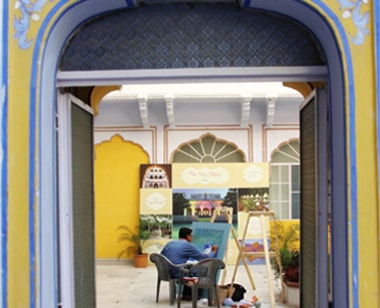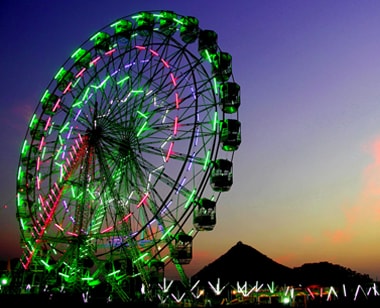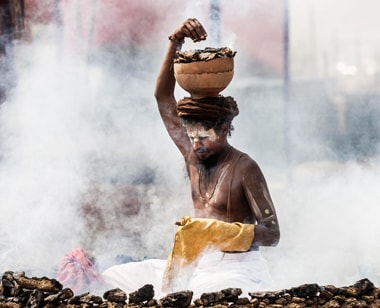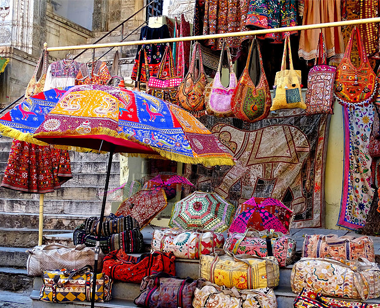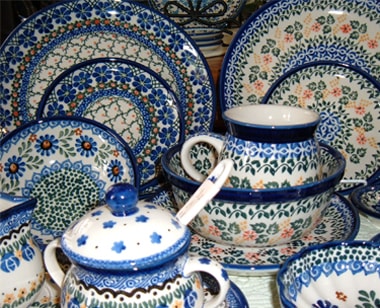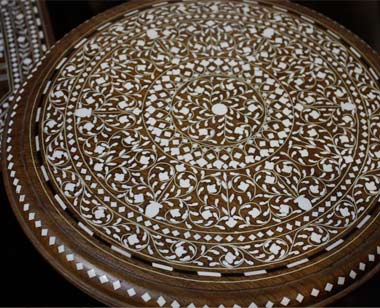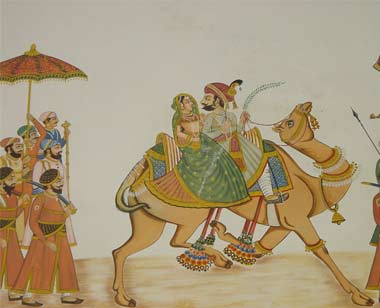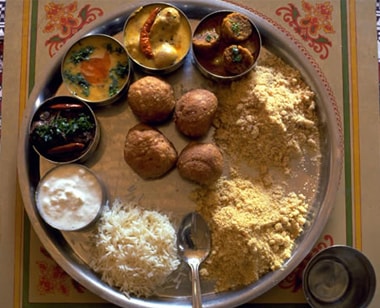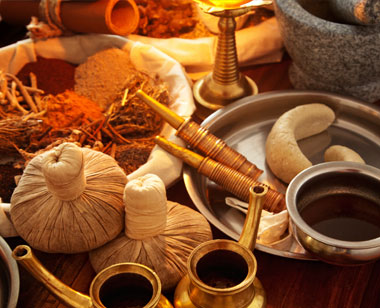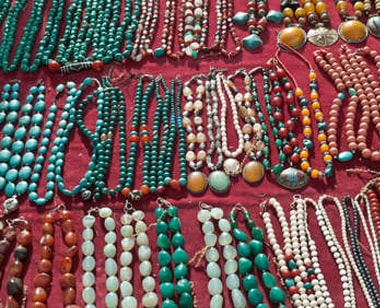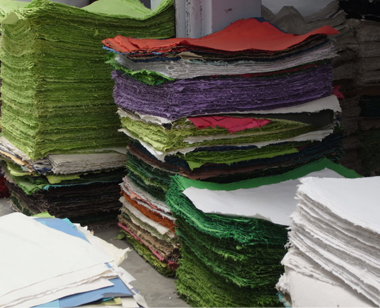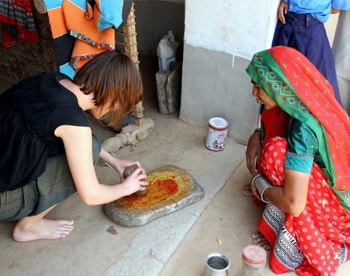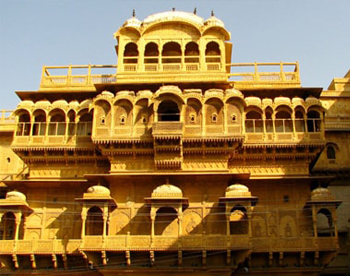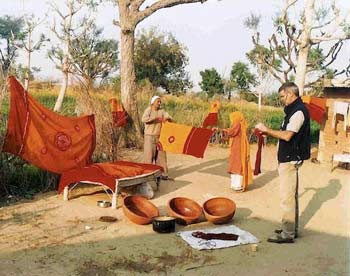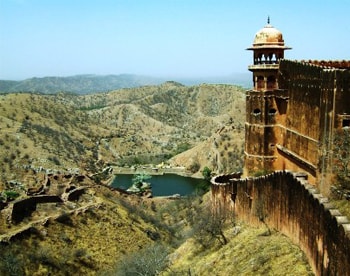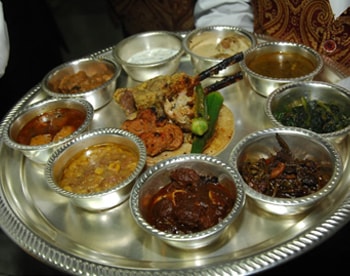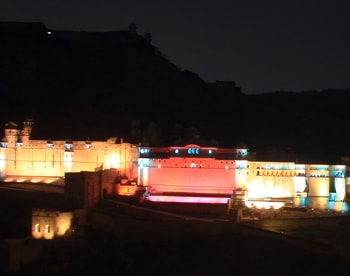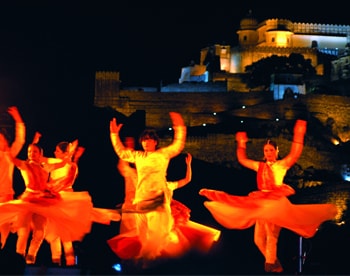Art & Architecture
Rajasthan is the most beautiful and vibrant state or our country. The unique characteristic of its architecture is very popular in the whole world. The Rajasthan architecture is significantly depend on Rajput architecture school which was mixture of mughal and Hindu structural design. Grand havelis, astonishing forts and elaborately carved temples are the vital portion of architectural heritage of Rajasthan. Rajput’s carries the credit of creative builders. Few of most striking and splendid forts along with palaces with parched Aravali land clearly depicts history of Rajasthan’s celebrated heritage.
The Rajput Rulers had a keen sense of beauty in Art and Architecture which is seen in the artistic excellence of their temples, forts and palaces. The Indo-Aryan style of architecture developed in North India and Upper Deccan and the Dravidian style in South India during the Rajput period. Both sculpture and architecture attained a high degree of excellence.
Rajasthan, one of the largest states of our country is well known for their historically important monuments. The state of Rajasthan was the major regional capital of Indus Valley Civilization. Conventionally Bhils, Rajputs, Yadavs, Jats, Gujjars and various other tribal people delivered momentous contribution in constructing Rajasthan state. The state was earlier called as Rajputana and served as princely state lawed by Rajputs. Present state of Rajasthan comprises number of Jat kingdoms, Rajput kingdoms and also Mughal Kingdom. The palaces and forts present in Rajasthan are decorated by Jain and Muslim architecture. Rajasthan’s structural design is generally secular with great motivation from Mughals whereas the latest architecture carries the touch of European interiors
The Rathas of Mahabalipuram or Mamallapuram, the Kailash temple at Ellora and the sculpture of Elephanta belonging to the early Rajput period (600 AD to 900 AD)
 +919828167660, +919414075013
+919828167660, +919414075013

